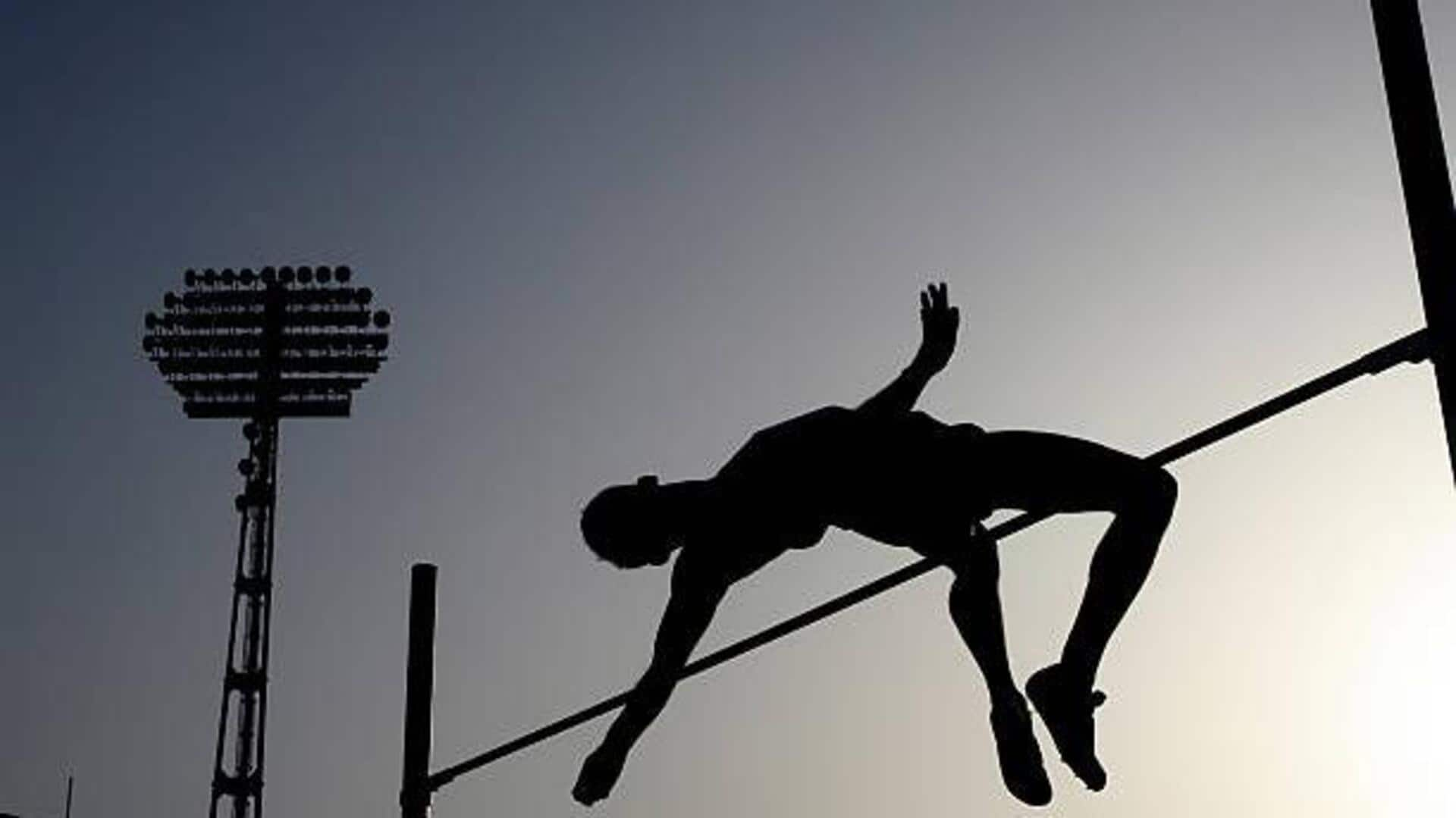
If you are an athlete, don't skip this workout plan
What's the story
Plyometric exercises are a powerful tool for developing explosive strength, speed, and efficiency in athletes.
For high jumpers, integrating plyometrics into their training routine can dramatically enhance jumping height and technique.
These exercises train the muscles to generate maximum force in the shortest possible time, a key factor in achieving a higher jump.
This article lists five highly effective plyometric exercises specifically designed to improve high jump performance.
Box jumps
Box jumps for explosive power
Box jumps strengthen the same leg muscles used in high jumping.
By hopping onto and off a box (starting with a low one and progressively using taller ones), athletes can develop explosive power without risk of injury.
Just three sets of eight to 10 reps, performed twice a week, can dramatically improve jump height.
Depth jumps
Depth jumps for reactive strength
Depth jumps enhance reactive strength by training muscles to rapidly contract following an eccentric (lengthening) contraction.
Beginning on a box, athletes simply step off and immediately jump vertically upon landing, minimizing ground contact time.
Two sets of six repetitions, performed once or twice a week, are sufficient to improve this rapid muscle response.
Hurdle hops
Hurdle hops for coordination and speed
Hurdle hops enhance coordination, speed, and leg strength by necessitating the athlete to leap over several hurdles positioned at brief distances without stopping between jumps.
This exercise replicates the swift force production essential during the takeoff phase of the high jump.
Athletes should strive for two to three sets of five hurdles, emphasizing preserving rhythm and reducing ground contact time.
Long jumps
Standing long jumps for horizontal power transfer
High jumping is all about transferring horizontal momentum into vertical momentum. Standing long jumps are a great way to practice turning your horizontal speed into vertical lift.
Athletes jump forward from a stand, using their arms and legs to generate as much power as possible.
Doing three sets of five reps a week will help you build that crucial power transfer, making your jumps more explosive.
Skipping ropes
Skipping ropes for footwork and stamina
Skipping ropes, while seemingly simple, are powerful tools for enhancing footwork, stamina, and lower leg strength—all crucial for a successful high jump approach run-up.
Regular skipping sessions build calf muscle endurance and improve coordination between feet movement and overall body rhythm, which is crucial for generating powerful takeoffs during high jumps.